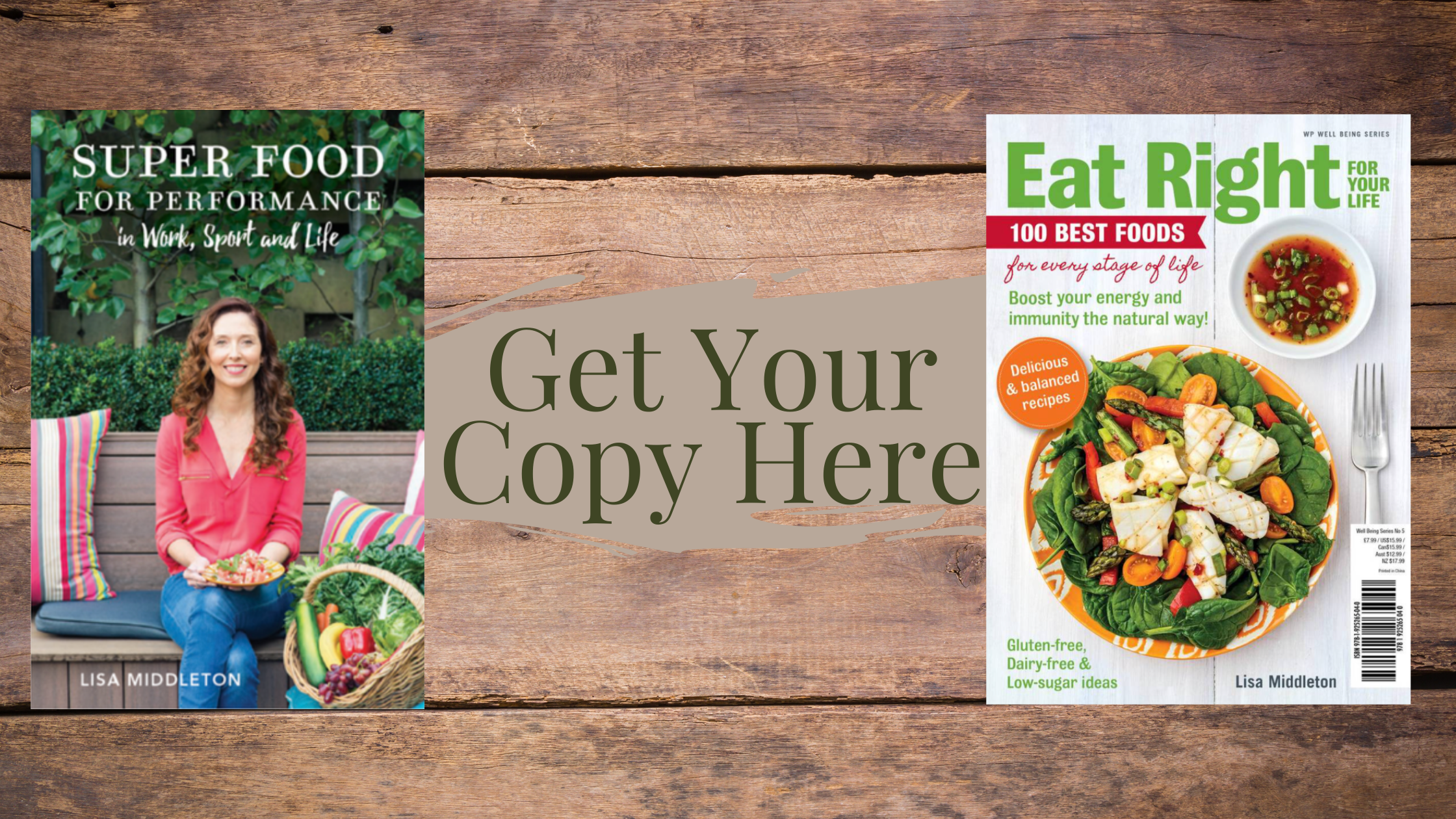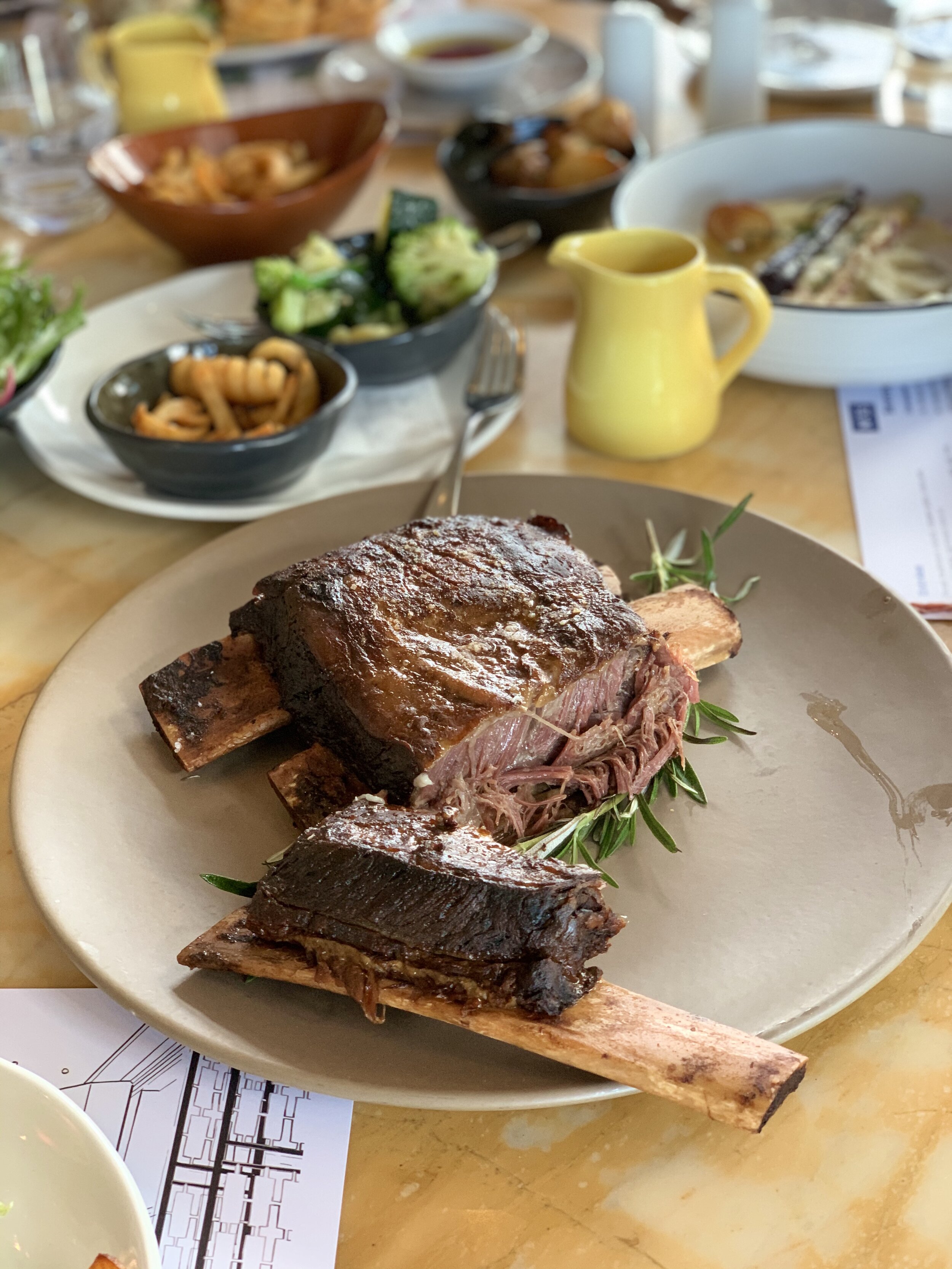Travel brings a range of challenges for athletes, and careful planning is required to make any trip a success. I was recently on holiday, and did a lot of observing of how people eat when they are travelling and thought about what I do on holidays in an attempt to feed myself and my family well. Then my mind turned to athletes. Travelling for training or competition can be a particularly daunting prospect for athletes who have specific nutrition preferences and goals. If you are staying within your local area, or country, it can be a little easier to manage, but even if heading overseas many of the basics remain the same.
Here are my top ten tips for travel nutrition on the road to ensure you are well nourished and prepared for success:
(1) Do your research
No matter the length of your trip, if you want to eat well while you are away, you need to research and plan ahead. Questions you need to ask include:
- How long will I be in transit for and will there be stops along the way?
- Will any food or fluids be provided, or can I buy, or do I need to take my own food with me?
- If staying for a number of nights, where is the closest supermarket? Big or small? Opening hours?
- Where can I stay that has cooking facilities and a fridge?
- Local eateries - restaurants/cafes, take-away options, types of foods and costs involved?
- Food safety - do I need to be careful of what I eat and can I drink the tap water?
These questions are just a starting point, you may need to look even further into the specifics of what foods are available, depending on your individual needs. If you know a bit about where you are staying and where you can buy food then you will save time, money and stress.
(2) BYO
If you have a specific food that you eat regularly, and it is portable, then take it with you. Your favourite cereal, snack or spread may be hard to find in some locations, or could be extremely expensive. Particularly for atheltes, if you have a specific routine for before/after training and competition then it may be worth taking those important items to be sure you can keep things as familiar as possible. If you know you are organised it will put you at ease and allow you to focus on the training or event rather than scrambling to source a pre-event meal on the day.
(3) First stop - supermarket
Your first destination upon arrival should be the supermarket. If you are travelling by plane, use the time to write a shopping list of the essentials. Stocking up on arrival saves you time and money, and most importantly means that you can be organised to eat well from the outset. Breakfasts are easy to self-cater, so too are snacks. Lunches and dinners can be more of a challenge, depending on your cooking facilities and schedule, but if you plan ahead you can easily make it happen.
(4) Check opening hours
I mentioned this one earlier. Not all supermarkets are open 24 hours. Or Friday nights. Or Sundays. Check local supermarkets and eating establishments for standard opening hours in that location. Living in Melbourne, I am spoilt to have shops open pretty much all the time, but not all locations have this luxury. It was like when I was away recently on holidays and the first Saturday happened to be Anzac Day. There was chaos - people didn't know what to do or where to turn, and some were actually angry, when they realised shops were CLOSED......some ALL day. Some may have struggled to put food on the table that night.......plan ahead! Especially if you are arriving in a country town on a Saturday afternoon and you have a major competition on the Sunday night. Get to the supermarket ASAP or your pre-event meal could be a packet of chips from the service station.
(5) Take containers
You have been to the supermarket and have everything ready to go, only to start putting together your snacks and lunch for your first day with no way to transport them! I have made this mistake on several occasions, but now I always bring some plastic containers with me to ensure economical and environmentally friendly food storage. Sure you have to wash them each night, but it takes probably less time than it would to be lining up to purchase snacks and lunch out and about. It might be worth taking a small plastic chopping board and bowl also for food preparation if you won't have a kitchen. Take a sturdy drink bottle from home too for re-filling each day.
(6) Eat in, and don't forget your kettle
Eating at home-base is a great way to know exactly what you are eating and there are plenty of quick and easy meals that you can whizz up with minimal ingredients. Don't try to make things too complicated while travelling, stick to simple and nutritious. Even if you are staying in the most basic of hotel rooms, you will still usually have a kettle. Boiled water can be the base for a surprisingly large number of meals. Cous-cous for example. Or Hokkien noodles, or rice noodles. You can easily get your carbohydrate option sorted (just remember you need a bowl to prepare), then you can add some fresh salads, and perhaps some tinned corn or other vegetables. For protein you could add canned tuna, salmon or legumes, or sliced roast beef from the deli or even roast chicken. Or you can buy some souvlaki-style meat from the local take-away to add to your meal. Plus you could add cheese and/or nut/seeds/pestos for extra flavour, texture and nutrition . The combinations are endless, how about these quick and tasty dishes:
- Cous-cous with rocket, chick peas, capsicum, feta and pepitas
- Asian style salad with rice noodles and sliced roast beef
- Chicken or lamb pieces (take-away), tabouli salad (purchased) and tzatziki with pita bread
- Hokkien noodles with roast chicken, corn, spinach and pesto
- Cous-cous with mixed salad, tuna and avocado
(7) Take advantage of convenience foods
Convenience foods are often processed, and therefore lumped into the 'avoid' category. But the reality is that pretty much all foods are processed to some degree, the key is to look for minimal processing and few additives. 'Convenience' foods such as pre-packaged salad leaves, frozen vegetables in microwavable sachets, canned fish and vegetables, and even individual serves of rice or quinoa that can be easily heated can save time, money and mess.
(7) Are you really hungry?
One of the big problems when travelling is that we are often faced with hours and hours of either waiting around or in transit. As a result we can get bored, and easily pass the time by eating and drinking for something to do. Find some other activities to pass the time! Head off armed with ideas to help avoid eating being the main activity. Think about whether or not you are really hungry or not. If you are an athlete and you are travelling over one or two days you may not be doing your regular training and most likely won't need to eat as much as you normally would on a training day. It's great to take a range of snacks in your bag, but it doesn't mean you need to eat them all in the first hour. Pace yourself and listen to your body. Same with fluid, you may not need to drink the same volume as usual, although for plane travel you may need to drink extra to allow for the dehydrating effects of the cabin.
(8) Eating out
Of course when you are travelling there will be times when you want to eat out, or grab a take-away meal. These days we are lucky and, in Australia at least, it is usually not too hard to find a half-decent option when eating at a restaurant or even choosing take-away. My biggest tip is to just keep it simple. Stick to basic proteins like meat, chicken or fish with vegetables or salad and not too many heavy sauces or dressings. Examples include fish and salad, steak with vegetables, Asian-style soups or a chicken and vegetable stir-fry. Same with carbohydrates, some athletes need more than others and if you are someone who needs lots then choose pastas or dishes served with rice, noodles or cous-cous....just watch the dressings and sauces. Steer clear of the fried stuff and watch your portions too, it's easy to over-eat when travelling so tune in to your hunger signals.
(9) Food hygiene
Probably one of the most annoying things that can happen to a travelling athlete is gastro. It is relatively common to have some alterations in bowel motions when travelling, but if you get food poisoning you will soon know about it, and it can ruin any well-planned preparation. You have put in the hours over months or even years, so the last thing you want is to be suffering on the big day. You can never totally eliminate the risk, but you can be smart about your food and fluid choices. Don't eat from roadside food trucks or carts, don't eat food unless it is piping hot, don't eat foods that are meant to be cold if they haven't been in a fridge and don't drink the water, consume ice, swallow water in the shower or when brushing teeth, or eat salads and unpeeled fruit in areas where you are warned not to drink the water. These are just a few tips, so again, do your research on t your destination to eat well and eat safely.
(10) Enjoy the local hospitality
We have focused a lot on maintaining a relatively normal routine while travelling, but of course it is important to enjoy the local cuisine, especially if you are travelling to a new or different country to your own. One of the things I love about travelling is the opportunity to experience different tastes, textures and styles of food. Food experiences are often our best memories of travel. But perhaps do your experimenting after your event, just in case! Try to eat at reputable food establishments, and just because locals eat there doesn't mean it is safe for you....what the locals can tolerate can be very different to what you can! Plan ahead and enjoy the opportunities and fun that travel brings.






















































